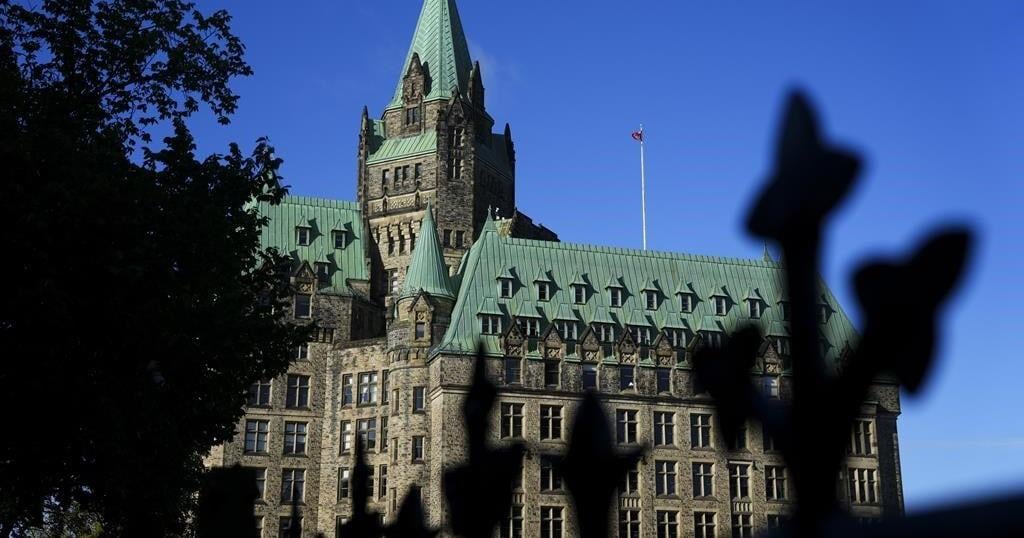With tens of thousands of Russians arriving in Georgia since the war in Ukraine began, data suggest the economy is booming: GDP is up by double digits, the currency is the strongest it’s been in years, and remittance money is flowing in.
But many Georgians need to see more benefit, as the most tangible economic change has been spiraling inflation, and many Georgians still need to be more welcoming of the new arrivals.
Nine months following the start of the war, the large number of Russian emigres in Georgia’s big cities, and their economic contributions, are impossible to miss. At currency exchange points the Georgian lari is steadily getting stronger; it now trades at about 2.7 to the dollar compared to a relatively stable rate of 3.1 before the war. Russian speakers also commonly outnumber locals at restaurants and cafes, from fancy establishments in city centers to more modest ones on the outskirts.
The recent arrivals “spend money in our economy, if they consume anything, it naturally means stimulating the economy,” Economy Minister Levan Davitashvili told parliament in October.
The first wave of migrants arrived from Russia in the immediate aftermath of the invasion in February, fleeing heavy sanctions and a crackdown against critics. Then in summer, Georgia saw an unusually high number of Russian vacationers, with August figures exceeding even pre-pandemic totals. And by the end of September, Georgia saw yet another big wave of migrants, this time military-age men fleeing Russia’s mobilization call.
The total number of those who have come from Russia since the war started and stayed in Georgia has been a matter of speculation, but government officials put it at somewhere under 100,000 – or almost 3 percent of the country’s population.
As Georgia’s immigration policies allow Russian citizens to spend a year in the country without a visa, it’s difficult to distinguish the figures for migrants from those for tourists. And with the country enjoying an overall post-pandemic tourism revival, studying the economic effects of the Russian influx has posed a challenge.
Describing the phenomenon as the “war effect,” the National Bank of Georgia did its own math in October, estimating the total number of Russian and Belarussian citizens who came ?s a result of the war at between 80,000 and 90,000. These people, the bank predicts, will contribute an additional $500 million to the Georgian economy this year, about 15 percent of all “travel-related income,” or money connected to migration and tourism.
Several other studies confirm the significant impact the new migrants have had on the Georgian economy.
Analyzing data from the outbreak of the war to the end of August, the Institute for Development of Freedom of Information, a Georgian think tank, said more than 45,000 Russian citizens have opened new accounts in Georgian banks, while the deposit stocks of Russian citizens nearly tripled compared to pre-war sums, increasing by approximately 1.2 billion lari (about $445 million).
In another study published in November, Transparency International Georgia, a corruption watchdog, said 9,500 new Russian companies (the vast majority of them sole proprietors, a business model usually used by individual freelancers) were registered in Georgia from March to September, 10 times more than in all of 2021. Remittances from Russia grew fivefold between April and September to reach $1.1 billion.
And these studies did not include the latest wave of arrivals that began with mobilization in September, meaning the impacts are in reality even greater.
But the war also came as Georgia was already experiencing rapid economic recovery after the pandemic-induced recession, recording as much as 18 percent year-on-year GDP growth in January. And the influx of Russians is only one of the economic impacts of the war; another is an increase in revenue from surging transit demand as international shippers try to avoid traditional routes across Russia.
Whatever the cause, growth projections have surged: the International Monetary Fund had projected 5.4 percent GDP growth for Georgia in 2022, and then in the immediate aftermath of the invasion projected that growth could fall to as low as 3 percent. But now the fund projects 10 percent growth for the year.
“The Georgian economy has performed strongly in 2022 as adverse spillovers from the war in Ukraine thus far have generally been less impactful than expected earlier,” James John, an IMF official, said following a Tbilisi visit in early November. “Buoyant tourism revenues, a surge in immigration and financial inflows triggered by the war, and a rise in transit trade through Georgia come on the heels of a robust recovery from the pandemic.”
But the robust growth numbers have been outpaced by inflation, which the IMF projects at 10.5 percent for 2022.
And for many Georgians, that is the figure that makes the economic picture less rosy than economists and the government are describing. Along with inflation, the influx of Russians has led to dramatic rent hikes.
A recent public opinion poll by the International Republican Institute found that 71 percent of those surveyed believed the country’s economy had gotten worse over the past year. Economic problems, including unemployment and the rising cost of living, continued to top the list of Georgians’ major concerns.
The poll also showed Georgians remaining largely unwelcoming of the influx of Russians, with 78 percent opposing Russian citizens entering Georgia visa-free, registering a business, or purchasing a property.
But aside from the divergent views about the effects of the influx, economists also disagree on how long-lasting the impact will be.
“This is likely only a one-time effect, and much will depend on Russia’s economic state in the future,” Lyaziza Sabyrova, an official from the Asian Development Bank, told reporters on September 29. Sabyrova said that the effects of the second wave of migrants, which had a different demographic profile, are yet to be studied.
Otar Nadaraia, a chief economist of Georgia’s TBC Bank, believes the effects could be longer lasting.
“I do not think that this is only a short-term effect, even in the scenario when the geopolitical situation returns to where it used to be, I think that a large number of migrants will stay in Georgia long term,” he told Business Media Georgia late in September.
Nadaraia said that the migration is now concentrated in two Georgian cities, Tbilisi and Batumi, and that for healthier growth other parts of the country need to develop as well.
“With an approach like that, there is a good chance that we will face a greater influx not only from Russia but from other countries as well, which will ultimately help reduce the exodus of our population” from those economically depressed areas, he said.
























